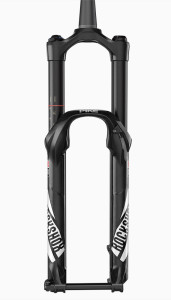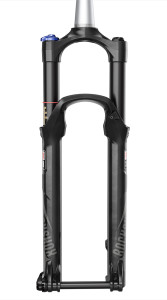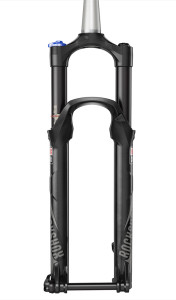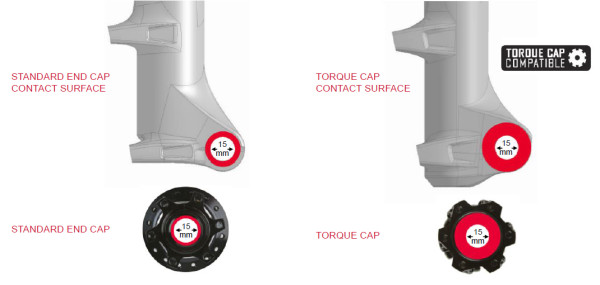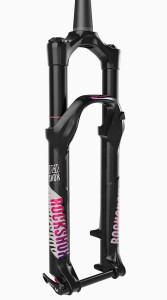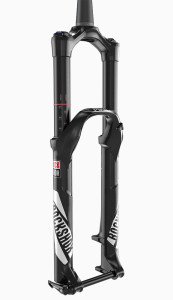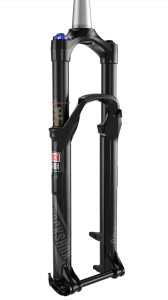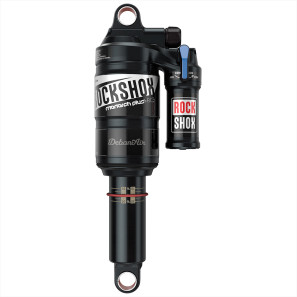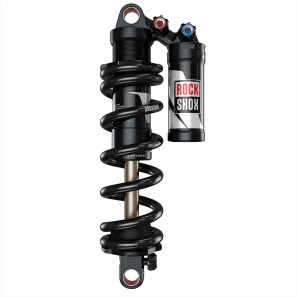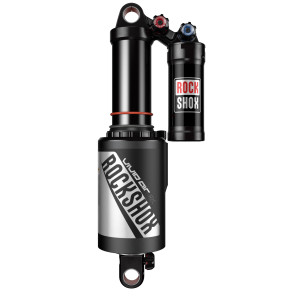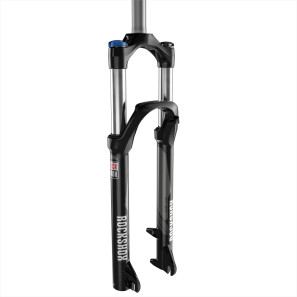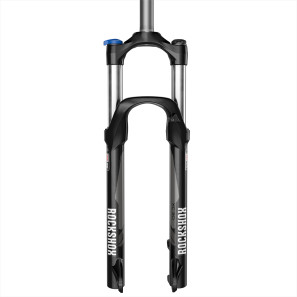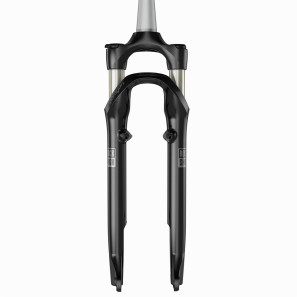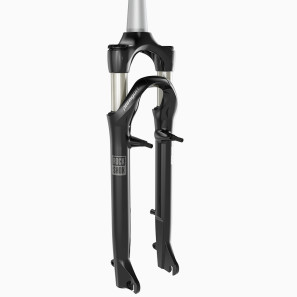With a new round of trade shows comes news of new products looking forward to 2016. For RockShox, the biggest news would have to be their new Boost technology which involves the widening of both the front and rear axles from 100 and 142 to 110 and 148mm. As previously discussed, the change allows engineers to add another level of stiffness for bigger wheels while simultaneously providing more clearance for tires and frame components. If you were concerned about the stiffness of 29″ wheels up until now, this could be your answer.
Released in conjunction with SRAM’s new Boost compatible ROAM 40 wheels, X0, and MTH 700 hubs, RockShox is starting into Boost compatible forks with three models for 2016. Starting in June of 2015, 29″ Boost compatible SID and Reba forks will be offered which will also fit 27.5×3.0″ tires. RockShox will follow up with a Pike 27.5 Boost and 29″/27.5+” Boost fork later in the Summer.
The forks will all have the wider axle spacing, but the engineers at RockShox have a little something extra up their sleeve for even more stiffness…
Found on all 15x110mm Boost forks, RockShox will be adding Torque Cap compatibility. Torque Cap increases front end stiffness with more surface area for the contact point between the hub and fork dropout without chaining any other measurements. The dropouts will still be compatible with standard 15×110 hubs, but will benefit from SRAM hubs with a Torque Cap.
2016 will also see a graphics update across the line in both forks and shocks. In addition to new looks, each fork will have updated technical specs clearly listed on the fork including model, travel, spring, offset, hub spacing, and wheel size.
Along with a reorganization of their entry level suspension product, RockShox is introducing a new version of the XC 30. After consolidating the Recon Silver and XC 32 into a single Recon Silver model moving forward, the XC 30 branches off into the 30 Silver (which is the same fork as the old XC 30), and the new XC 30. Positioned as the new entry point to 27.5″ wheels, the XC 30 uses 30mm chrome plated steel stanchions with a TurnKey Remote or crown lockout and coil spring with external preload. Planned for OE sales only, the fork will come equipped on new bikes in both 27.5″ and 29″ wheels with 80-120mm of travel with QR axle only and straight or tapered steerers. Weight for a 27.5″ fork with a straight steel steerer is listed at 2468g.
The trekking category also gains a new fork with the introduction of the Paragon Silver. Originally introduced last year with the Paragon Gold, the fork platform allows trekking bikes to run a suspension fork that has dedicated accessory mounts for dynamo lights, wiring, and fenders. Equipped with 30mm steel stanchions with a satin nickel finish, the fork uses a TurnKey lockout with optional remote, and a coil spring with internal preload adjustment which is the major difference between it and the air spring Gold model. Also an OEM only option, the weight is claimed at 2368g.
